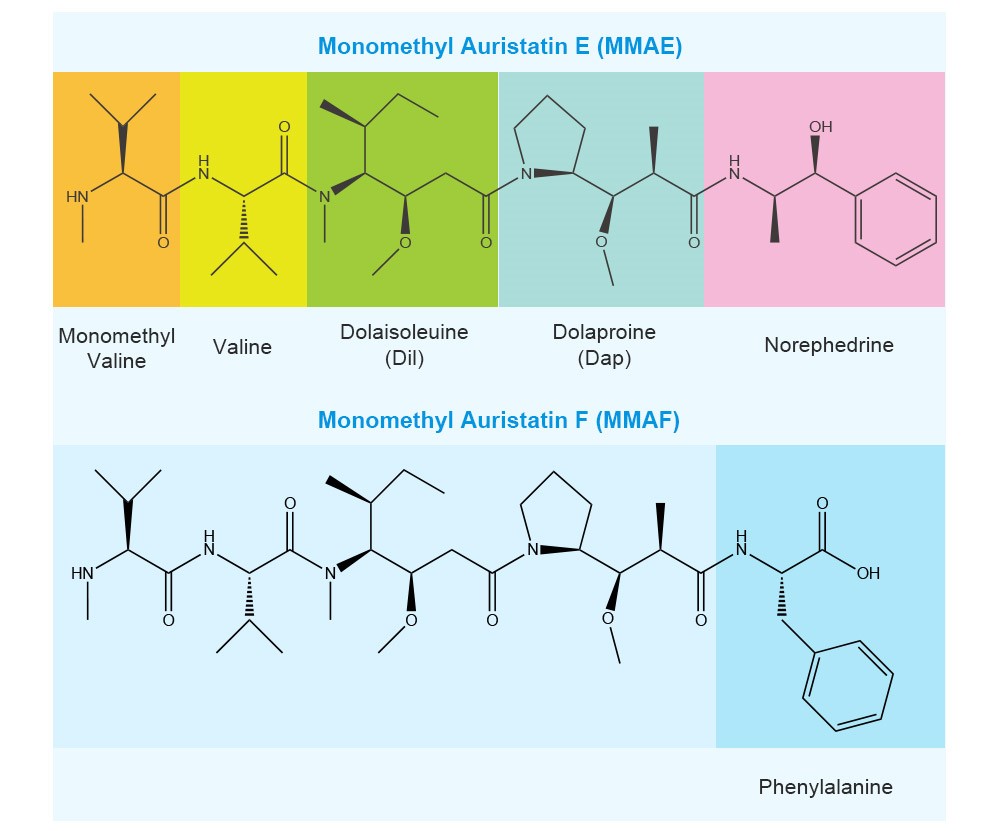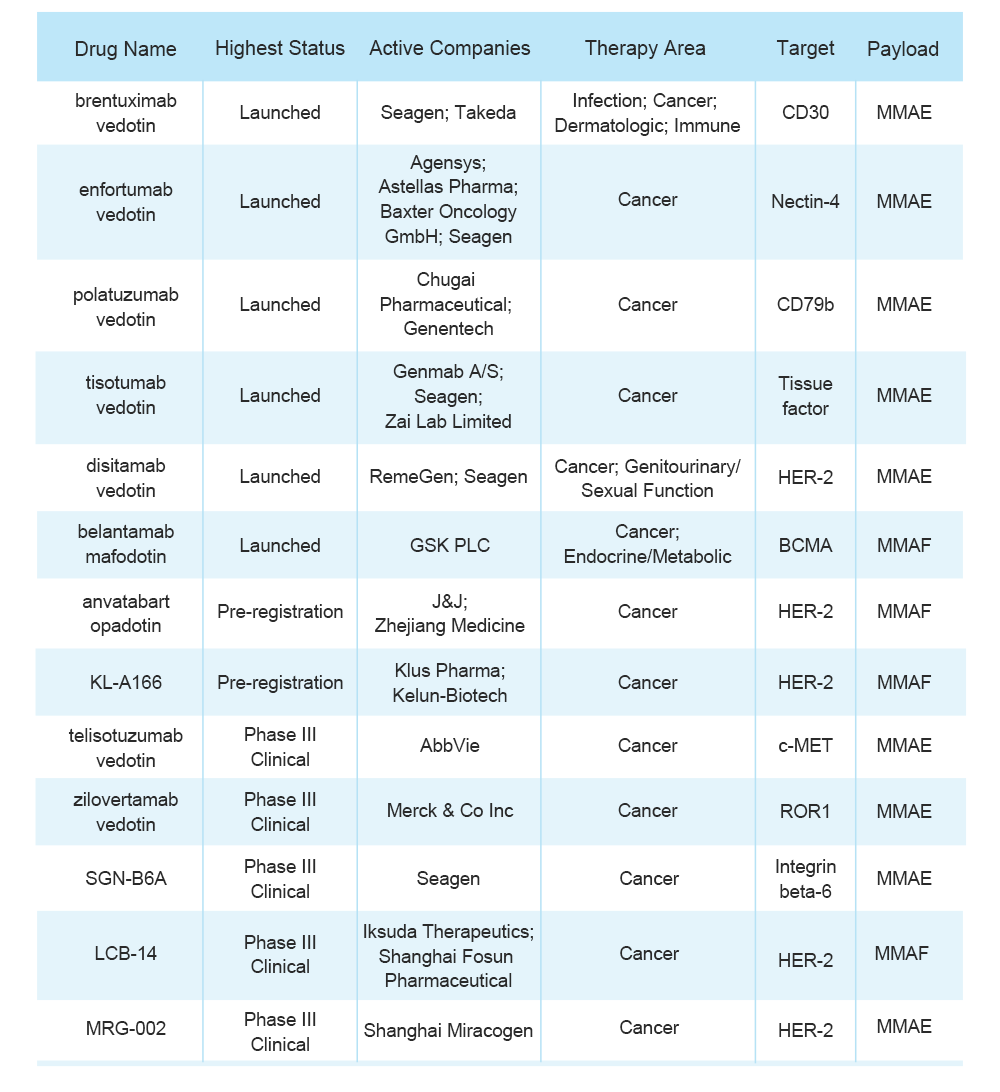Merck Snaps Up Small Startup in $208M Deal, Seeks to Improve Safety of MMAE ADCs
Merck has bought biotech startup Abceutics in a bid to develop safer antibody-drug conjugates and minimize their off-target effects on healthy cells. Merck will put up to $208 million on the line for Abceutics’ payload-binding selectivity enhancer (PBSE) technology,which is meant to boost the safety of antibody-drug conjugates (ADCs).Abceutics’ PBSE platform, which was licensed from the University at Buffalo, works synergistically with ADCs, according to the announcement. The agents work by seeking out and neutralizing stray payload molecules from ADCs, which in turn could spare healthy cells from the off-target effects of treatment.
The pipeline developed by Abceutics, ABC3315,is an anti-MMAE Fab fragment, decreases off-target toxicity while not decreasing antitumor efficacy, increasing the therapeutic window of MMAE ADCs[1].To date, there are 15 ADCs that have been approved by the FDA, 6 of which carry MMAE or MMAF as their payload.This new technology will help propel the market application of MMAE toxin-based ADC drugs to new heights once again.
The Chemical structure of MMAE/MMAF
Auristatin is a microtubule-destroying drug. It was derived from marine shell-less mollusk Dolabella auricularia called dolastatins. After the successful total synthesis of dolastatin 10, various derivatives have been synthesized, such as MMAE and MMAF[2]. They are wideliy used as payloads in antibody-drug conjugates.

Fig 1 Chemical structures of MMAE & MMAF[3]
Choice of MMAE and MMAF in the ADC field
MMAE is comparatively more membrane permeable and is more potent (lower cellular IC50) than MMAF[4]. MMAE is cell membrane-permeable and capable of killing not only the initial target cell but also neighboring cells by diffusion upon intracellular release (bystander effect). MMAE is a good substrate of the drug efflux pump such as the multi-drug resistance protein 1 (MDR1). In contrast, MMAF is cell membrane-impermeable and does not cause bystander killing, but cannot be pumped out once delivered to the intracellular compartment[5].
However, MMAF, which is more hydrophilic due to its charged carboxylic terminus, has limited passive diffusion and does not efficiently diffuse out of the cell. For high tumor expression of target antigens, MMAF is more effective. For tumors with sparse and heterogeneous expression of the target antigen, MMAE ADCs are advantageous, as the released free drug is subject to efflux by multidrug resistance pumps and can diffuse out of the target cell causing bystander killings[6].
MMAE/MMAF has become the cornerstone of ADC payloads
MMAE and MMAF are the most popular and widely used payloads in ADCs, and they are featured in almost half of the approved ADCs on the market or in late-stage clinical trials.

ChemExpress Advantages
✔ GMP/non-GMPMMAE&MMAF in multiple kilograms in stock
✔ 5 US DMF filings related to MMAE(DMF code: MF035548、MF035549、MF035550、MF036740、MF036741)
✔ Quality:≥99% purity, ≥98% ee, ≥99% de, each impurity <0.1%
Reference:
[1] Mol Cancer Ther. 2023 Apr 3;22(4):459-470.
[2] Molecules. 2019 Jul 29;24(15):2754.
[3] PLOS ONE,August 12, 2016
[4] Br. J. Cancer. 2017, 117, 1736.
[5] Nat Commun. 2021,12, 3528
[6] J. Clin. Invest. 2018, 128, 2927.

